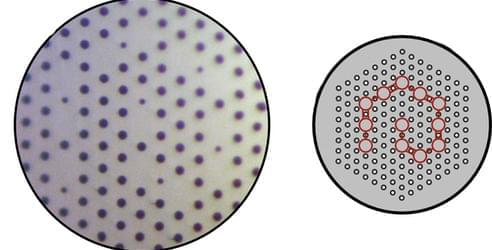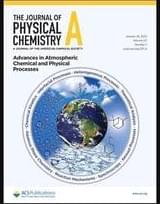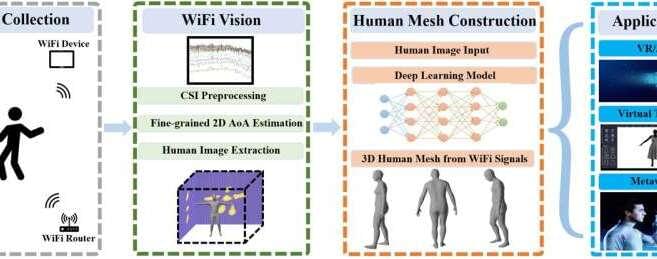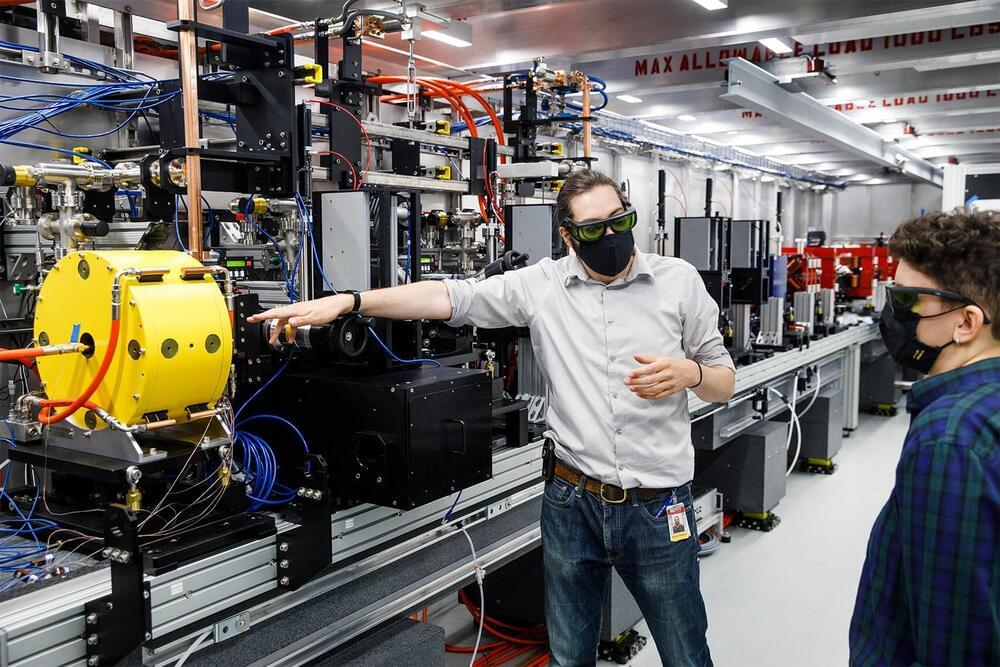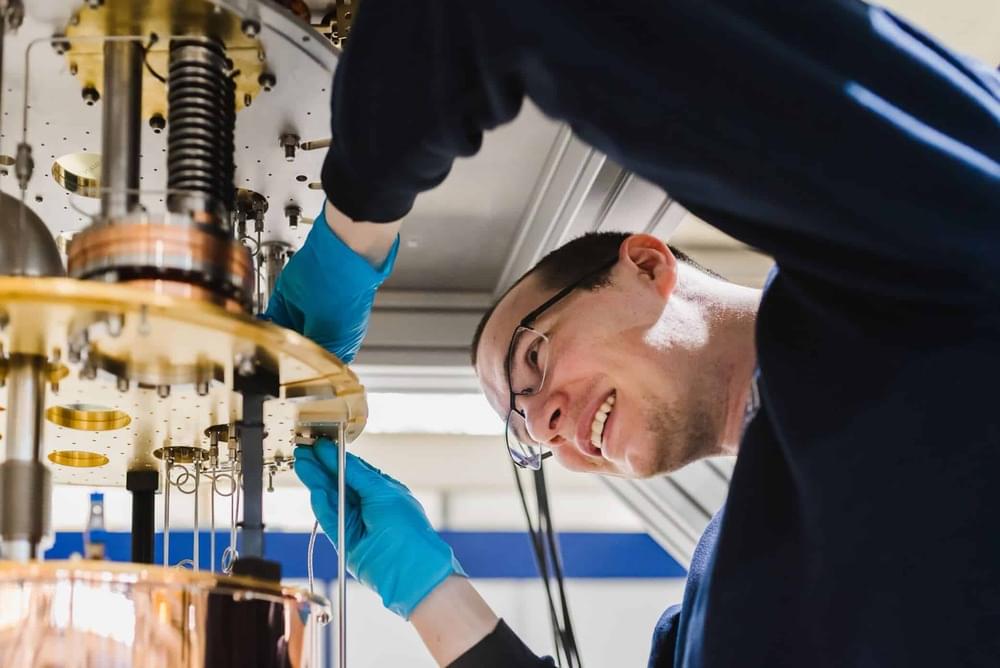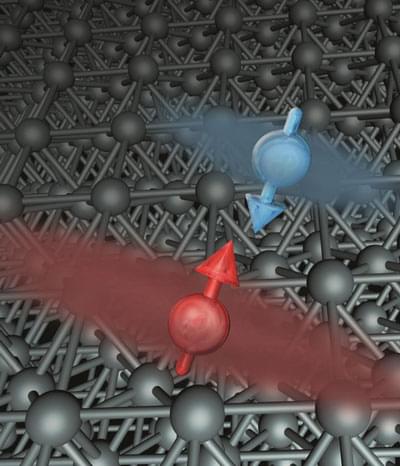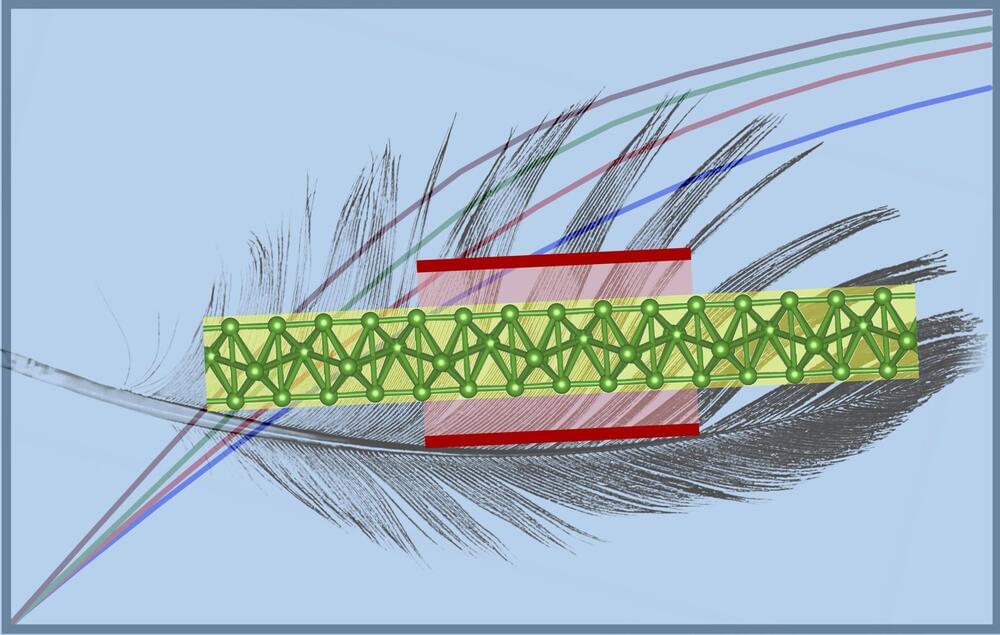
In the year 1,808, French chemists Joseph-Louis Gay-Lussac and Louis-Jacques Thenard, and independently, English chemist Humphry Davy, discovered the fifth element of the periodic table—boron. In crystalline form, boron primarily possesses three polymorphs, i.e., three distinct unit cell configurations: α-rhombohedral, β-rhombohedral, and β-tetragonal, among 16 possible bulk allotropes.
The unique properties of this element have resulted in its use in numerous applications, including chemistry, materials science, life sciences, energy research and electronics. Moreover, based on studies conducted over the past decade, boron has significant potential for use in pharmaceutical drug design as it plays an essential role in bone growth and maintenance, wound healing, prevention of vitamin-D deficiency and other processes.
In the periodic table of elements, boron lies to the left of carbon, which causes boron to have similar valence orbitals but a shorter covalent radius. In contrast to carbon, which favors a 2D (two-dimensional) layered structure (aka graphite) in its bulk form, the bulk allotropes of boron are composed of B12 icosahedral cages. As a result, it was challenging to experimentally realize a 2D atomic network of boron, also known as borophene, until 2015.

